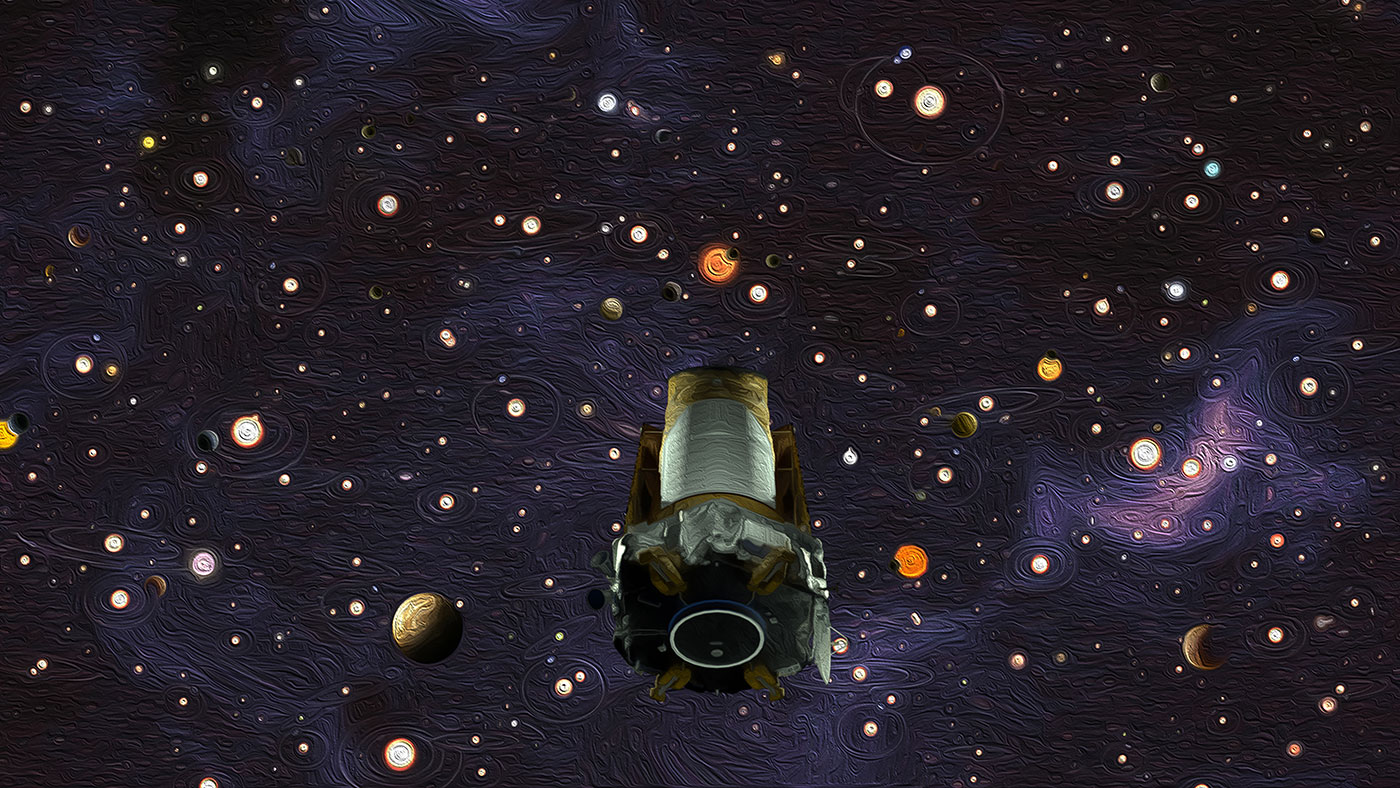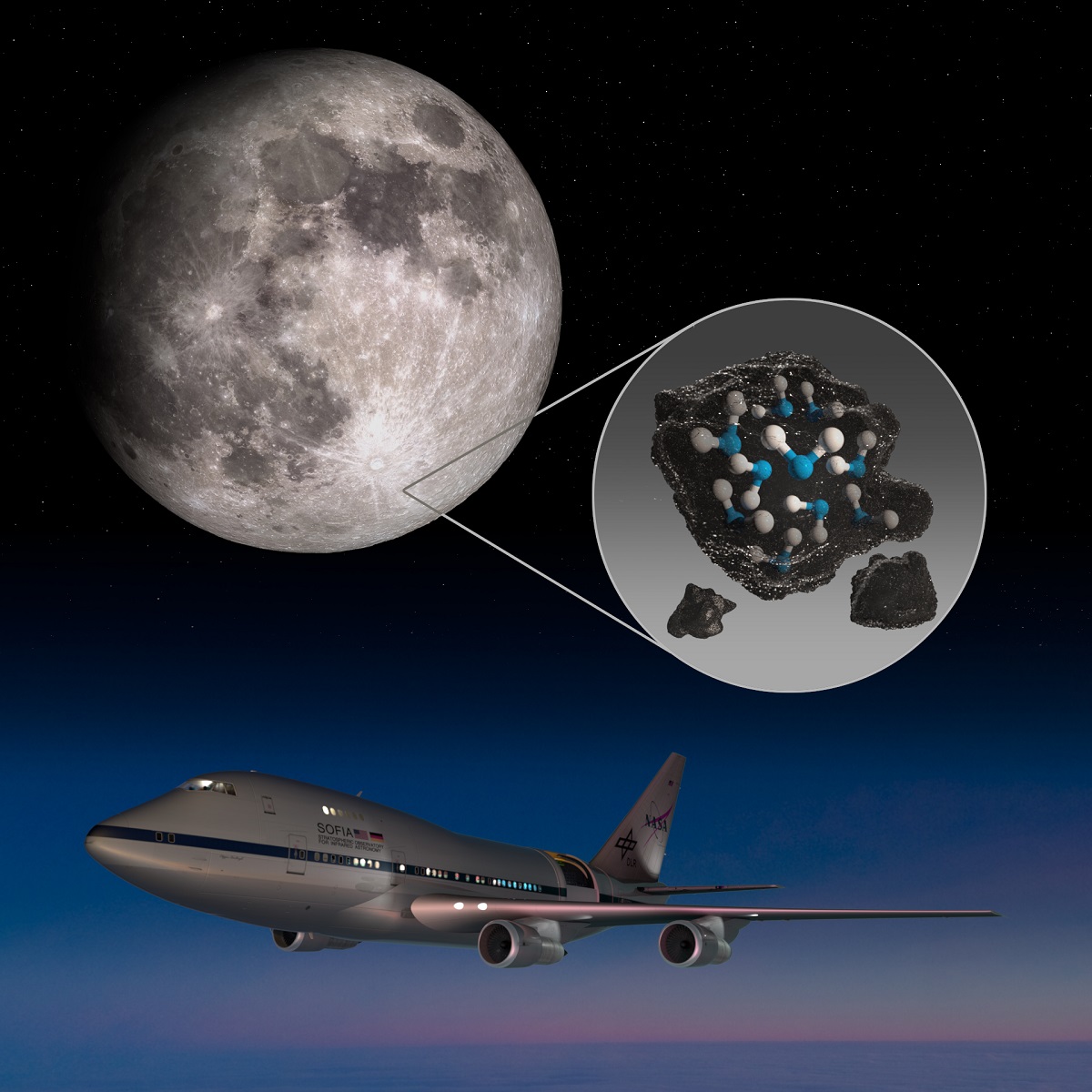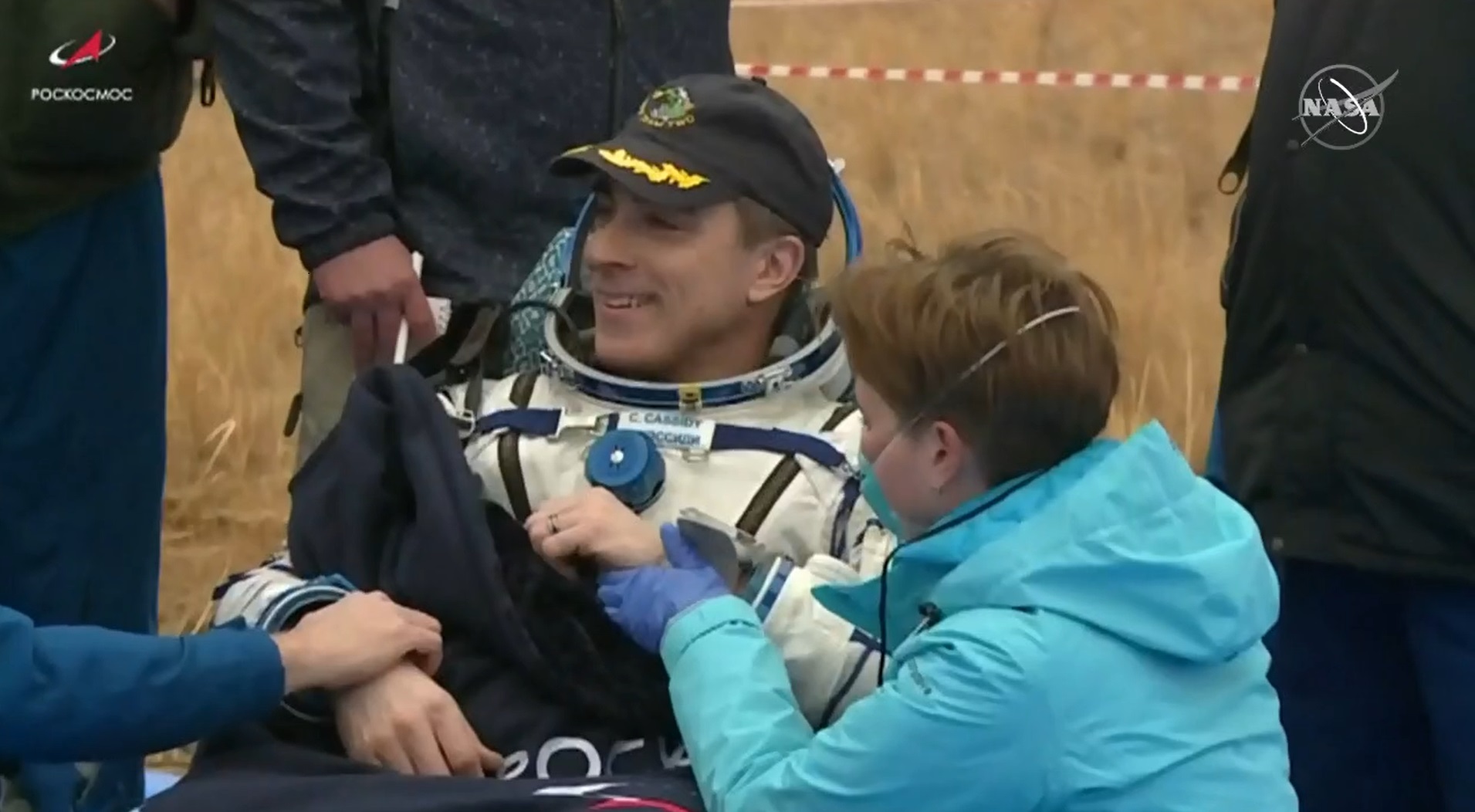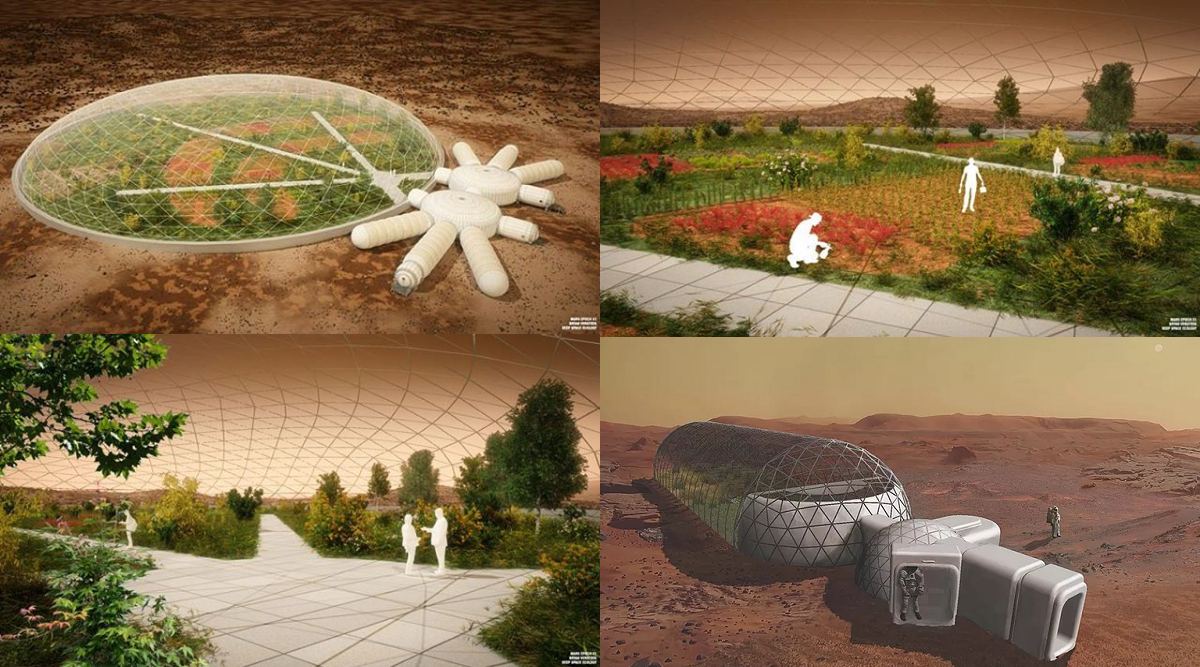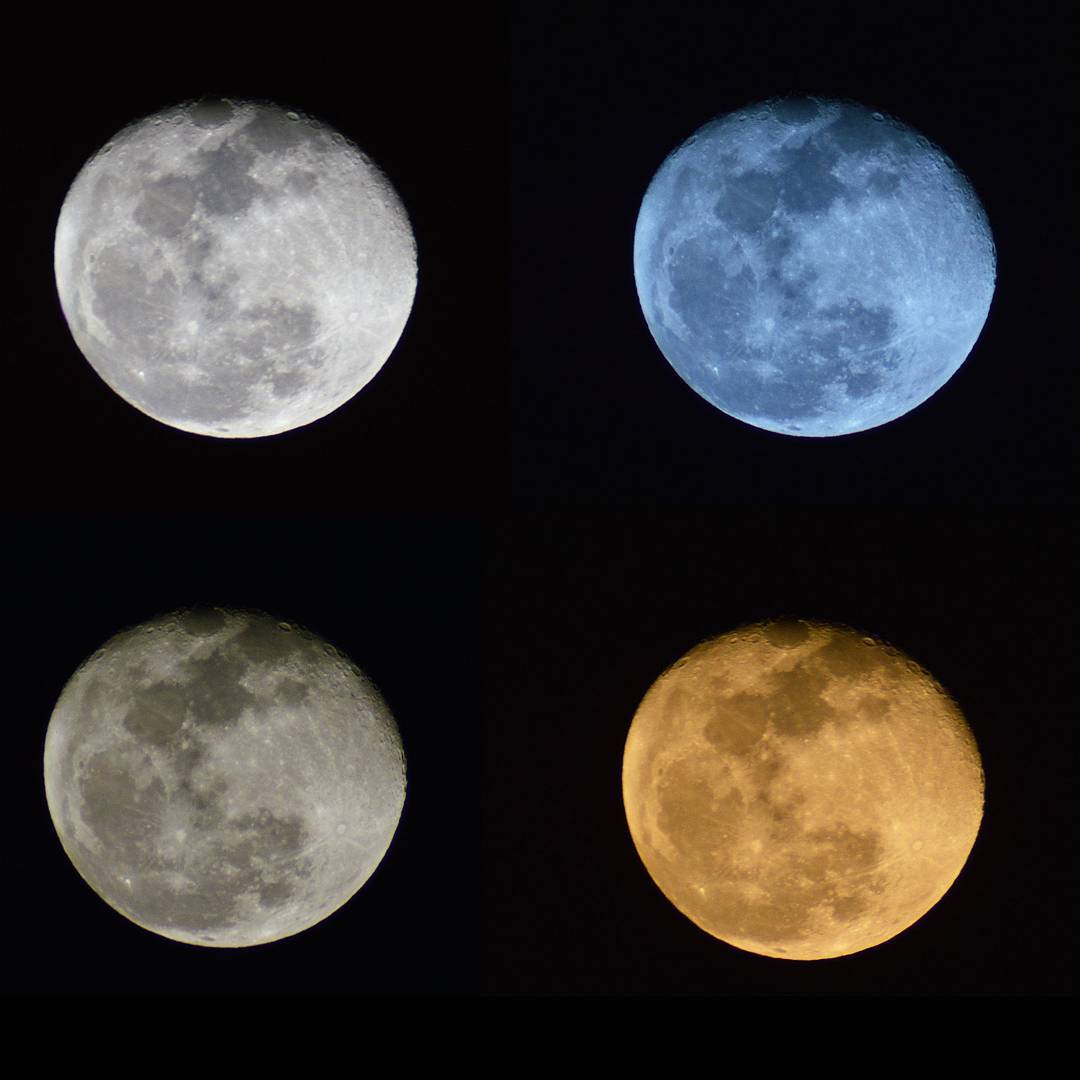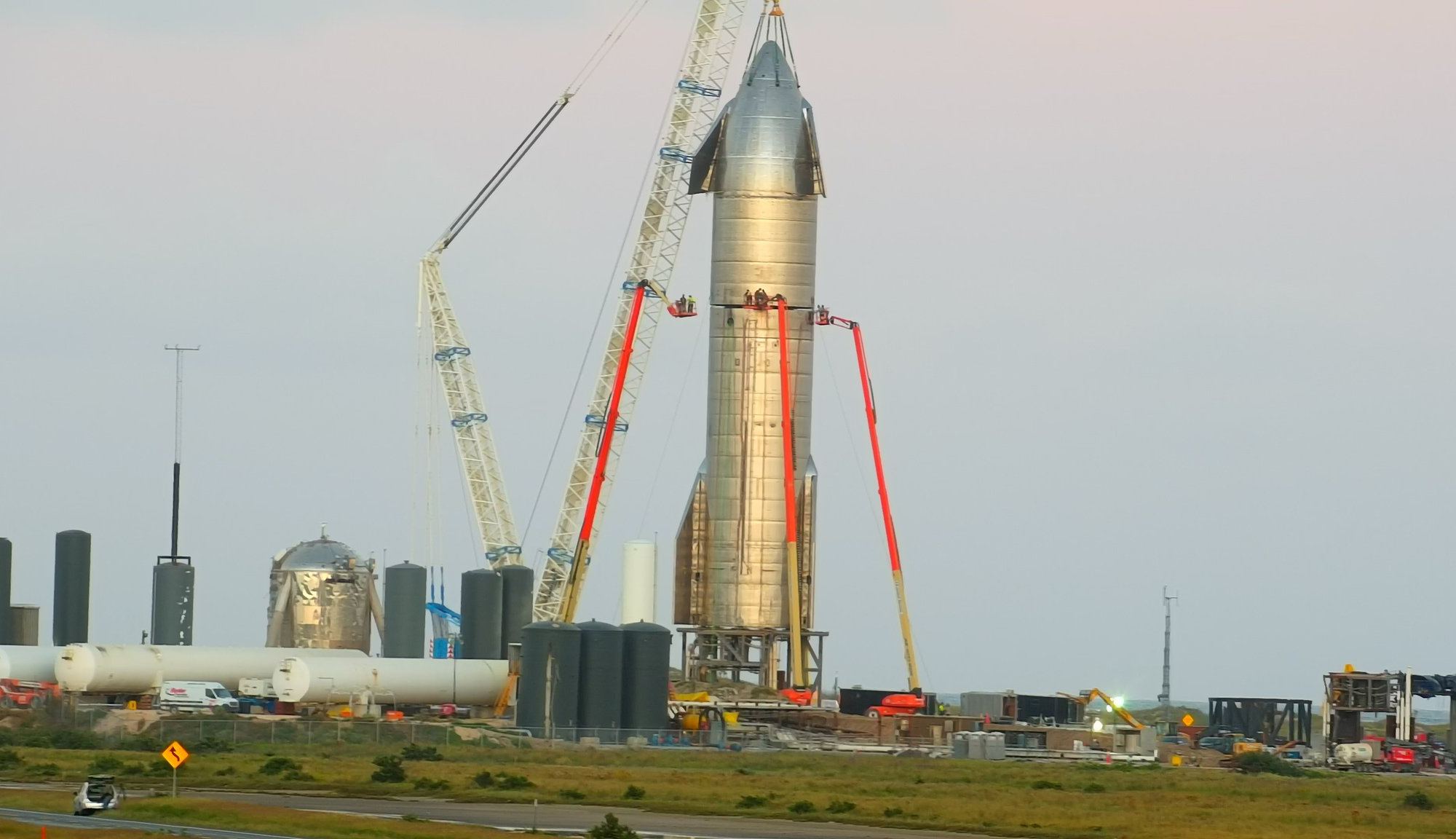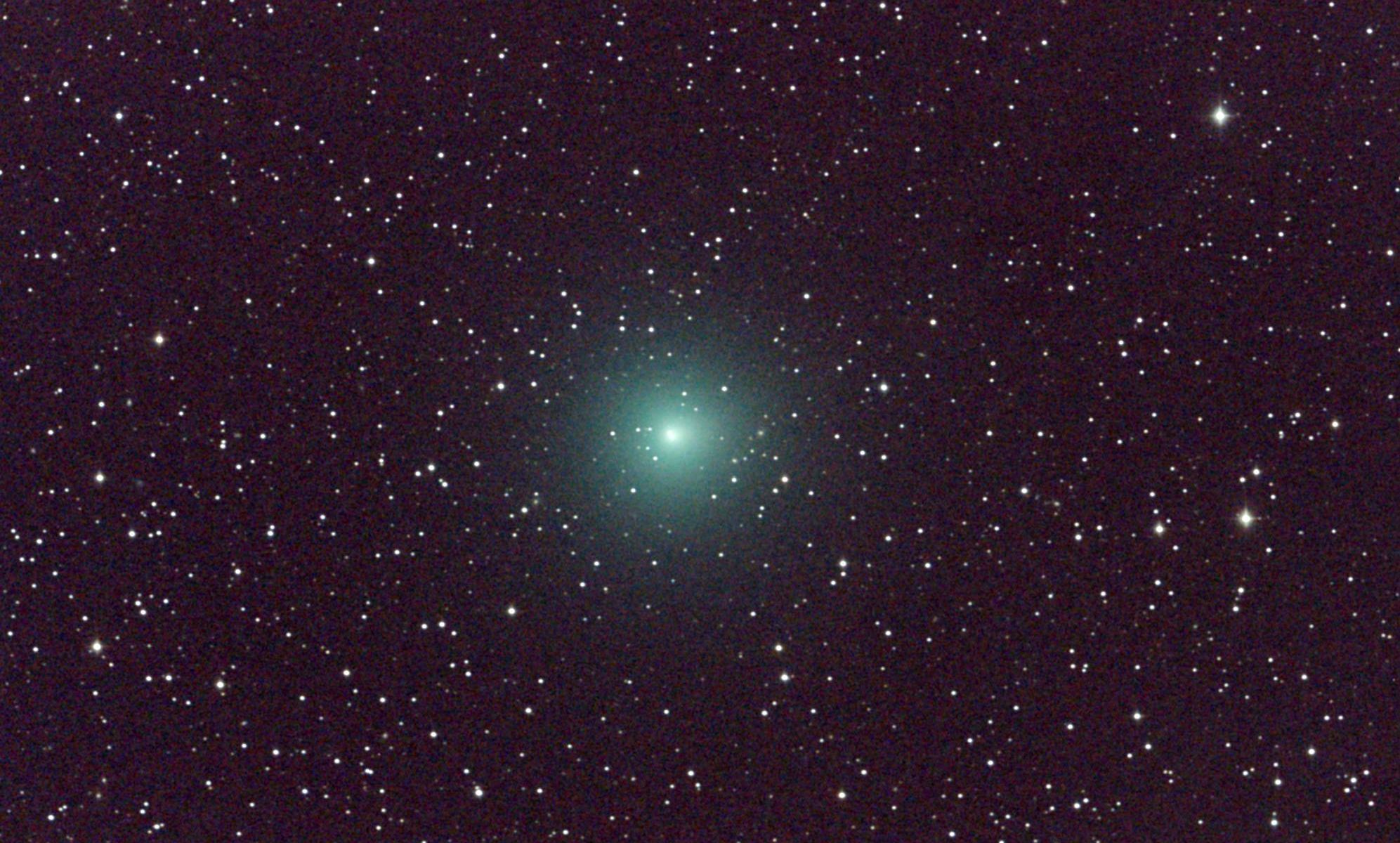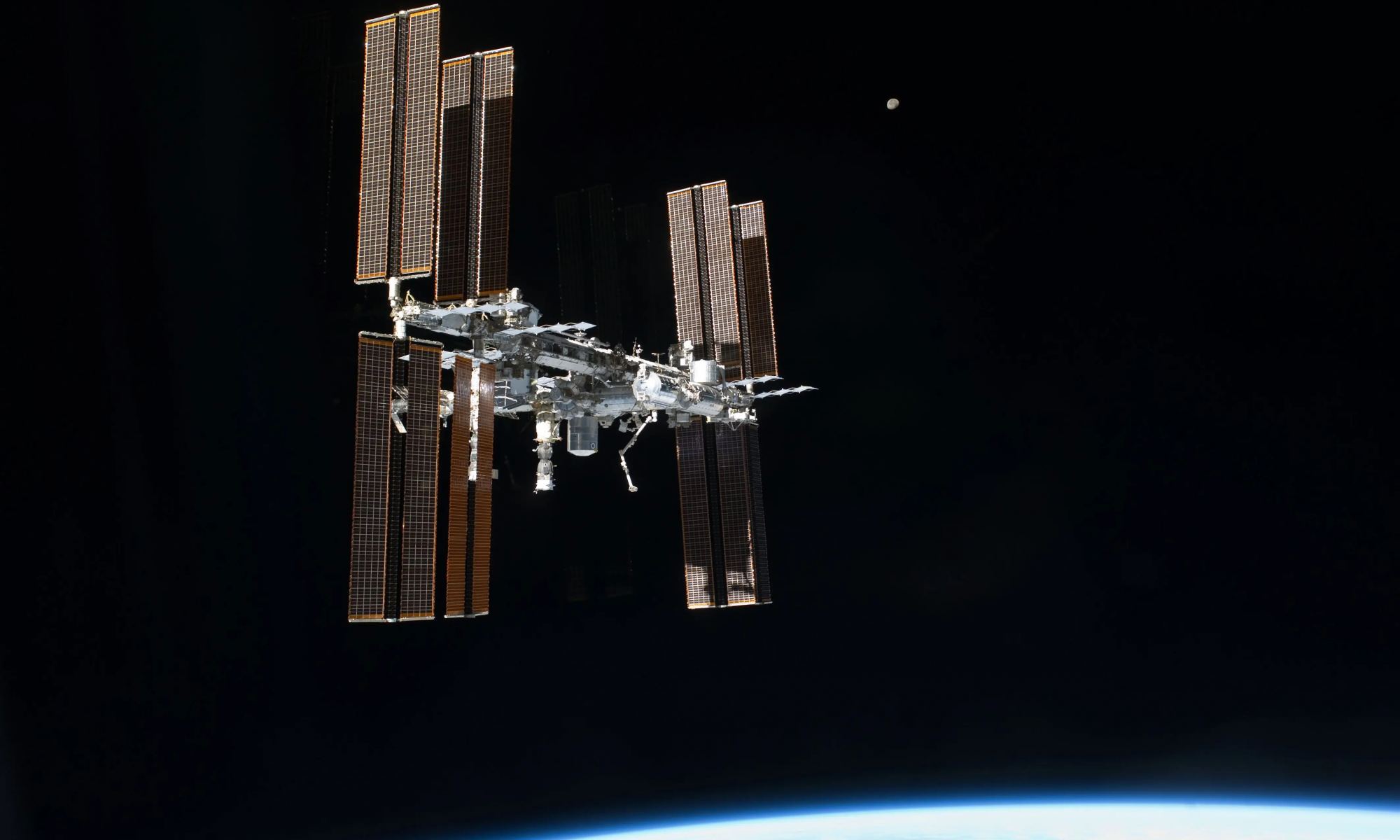Comet C/2020 S3 Erasmus ‘may’ end out the cometary cavalcade for 2020.
Ready for one more comet for 2020? Thus far, this year has been a memorable one for comet watchers, with a steady stream of binocular fuzzball comets, crowned by the amazing sight of naked eye comet C/2020 F3 NEOWISE this past summer. 2020 cometary alumni has also included comets F8 SWAN, P1 NEOWISE, and M3 ATLAS. Now, newly discovered Comet C/2020 S3 Erasmus takes center stage.
Continue reading “Enter Comet S3 Erasmus: A Bright Comet For November”

